Did you know? By 2026, the global home security technology market is expected to skyrocket past $78 billion, reshaping how we protect our families and property. In a world where security threats evolve daily, the latest home security technology trends are becoming must-haves—not luxuries. From artificial intelligence and smart locks to mobile app-controlled systems, today’s security tech is both powerful and easy to use. Ready to see how these innovations can safeguard your peace of mind? Let’s dive in.
Revealing Home Security Technology Trends: Surprising Statistics and Market Growth
Home security technology trends are experiencing explosive growth, reflecting both advancing security tech and heightened consumer awareness. Recent statistics indicate that more than 55% of new home constructions now include smart security systems as a standard feature. These numbers underscore a shift: what was once considered futuristic is now mainstream in the security industry. Consumers are prioritizing security, driving rapid market growth and innovation as they demand smarter, more integrated solutions.
In addition to this surge, the security industry has observed a significant increase in investment from homeowners and industry professionals alike. Security systems are no longer restricted to expensive installations but are becoming more affordable and accessible through intuitive security devices and apps. The data further indicate a rising preference for surveillance technologies that provide immediate alerts and allow homeowners to directly interact with their home’s smart devices from anywhere in the world.

The Unprecedented Rise of Smart Home Security Systems
“By 2026, the global home security technology market is expected to exceed $78 billion, transforming the way we protect our homes.”
The surge in smart home security systems is nothing short of remarkable. Modern security solutions combine smart cameras, advanced sensors, and smart devices to create a connected web of protection. Whether it’s a motion sensor triggering a mobile app notification or a smart lock securing your doors remotely, these technologies work together seamlessly. The convenience of controlling entire security systems from a single interface increases user engagement and ensures rapid responses, allowing homeowners to stay one step ahead of potential threats.
As these innovations become more user-friendly, installation rates soar. Integration with wider smart home ecosystems, including lighting, thermostats, and even appliances, means that security technology is fast becoming a cornerstone of daily living. The trend propels us toward a future where protecting our homes goes hand-in-hand with improving our overall living experience.
A Comprehensive Guide to Home Security Technology Trends
Navigating the world of home security technology trends can be overwhelming, but understanding core innovations can help homeowners make informed decisions. These trends are not only revolutionizing traditional approaches but are setting new safety benchmarks across neighborhoods. Below is a concise guide to the most significant advances in the security industry:
- Cutting-edge security cameras and video analytics: Offering high-definition video, real-time alerts, and intelligent detection.
- Integration of smart home devices for seamless security: Connecting sensors, alarms, and cameras to a unified smart home hub.
- Artificial intelligence and machine learning in threat detection: AI-powered systems predict suspicious activity before it escalates.
- Mobile app-controlled home security systems: Manage and monitor your home security from anywhere with your phone.
- Smart locks and access control innovation: Allow for remote access, digital keys, and enhanced guest management.
- Video doorbell advancements: Instantly identify and communicate with visitors via high-resolution video and two-way audio.
Key Insights: What You’ll Learn About Home Security Technology Trends
This guide will equip you with the knowledge to understand and implement the most influential home security technology trends. Here’s what you’ll discover:
- Latest trends in home security systems and security technology
- Leading innovations in smart home security tech
- The impact of AI and machine learning on home security
- How to choose the best home security system for your needs
- Future security trends shaping the security industry
Security Tech Revolution: The Evolution of Home Security Systems
The evolution of home security systems reflects not just technological progress, but a fundamental shift in how we perceive and address safety. Traditional analog systems relied on human intervention and simple alarms, but today’s solutions leverage powerful data analytics, wireless connectivity, and automated responses to offer a holistic approach. This transformation is driving industry benchmarks ever higher and spurring innovation across every aspect of home protection.
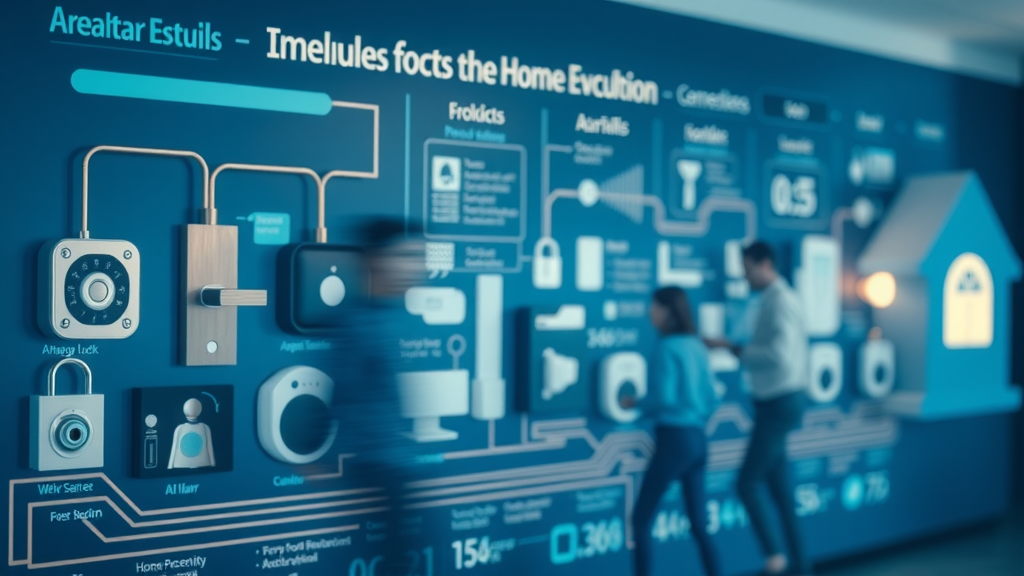
Traditional Security Systems to Modern Smart Home Security
Conventional security measures like simple door locks and basic alarm systems are slowly being replaced by smart home security solutions. Early systems could only sound alarms or alert the authorities after a breach had occurred. In contrast, modern smart devices can proactively detect risks, initiate lockdowns, and provide live updates through mobile apps. Unlike the singular function of classic systems, today’s security tech encompasses sensors, cameras, environmental detectors (like for carbon monoxide and flooding), and automated routines that make homes safer and smarter.
Integrating AI and advanced analytics into modern security systems has enabled automation and predictive threat detection. These advances mean incidents are identified earlier, false alarms are minimized, and emergency responses are more targeted. Homeowners now benefit from a robust ecosystem that adapts dynamically to their needs, truly revolutionizing the landscape of home defense.
Integration of Home Security with Smart Home Devices
The integration of smart home devices —from lighting and thermostats to entertainment and energy management—brings new levels of control and customization. Connecting these devices to home security systems allows for orchestrated security routines: the lights can flash when a motion sensor goes off, or the thermostat can adjust when you’re away. This interconnected approach ensures homeowners get more from their investment and enjoy peace of mind that extends well beyond basic alarm notifications.
Reflecting broader security trends , manufacturers now prioritize open platforms and easy compatibility, making it feasible to unify different smart device brands into one seamless operation. As the smart home market expands, new integration features are constantly rolled out, giving users ever-greater flexibility in managing both convenience and security measures within their homes.
Top Home Security Technology Trends in 2024
2024 is poised to be a breakthrough year in home security technology trends , featuring next-level solutions and integrated safety features. Here are some of the most significant advancements:
- Artificial intelligence in home security technology: AI rapidly analyzes video, detects unknown faces, and predicts criminal activity.
- Advanced video analytics and security cameras: Real-time incident response, facial/vehicle recognition, and environmental monitoring.
- Enhanced mobile app functionality in security systems: Instantaneous alerts, live feeds, and expanded automation even while you’re on the go.
- Innovative smart locks and access controls: Biometric authentication, app-based keys, and detailed access logs.
- Voice integration and automation with smart home security: Hands-free control via virtual assistants for swift, secure operations.
- Cloud-based storage for security solutions: Reliable, scalable, and easily accessible video and event logs for homeowners and professionals alike.
- Cybersecurity for connected home devices: Advanced encryption and regular updates protect against hacking and unauthorized access.
Smart Home Security: Integration of Security Tech and Home Devices
“Smart home security is no longer a luxury—it’s an industry standard embraced by millions.”
The integration of security tech with everyday smart home devices is revolutionizing modern lifestyles. What was once just a dream for tech enthusiasts is now a mainstream requirement. Today, homeowners expect seamless control of cameras, locks, and environmental sensors using simple mobile apps or voice commands. This synergy doesn’t just enhance convenience—it delivers a layered, adaptive defense system perfectly tuned to your daily routine.
How Security Technology Powers Smart Home Devices
Security technology acts as the nervous system of the modern smart home. By connecting motion sensors, smart locks, video doorbells, and even environmental detectors, users enjoy real-time protection that adapts to behavior patterns. For example, geofencing allows security systems to arm automatically when you leave, while mobile app alerts provide instant updates for every significant event at home. These advanced functions mean your home’s defense works for you, not the other way around.
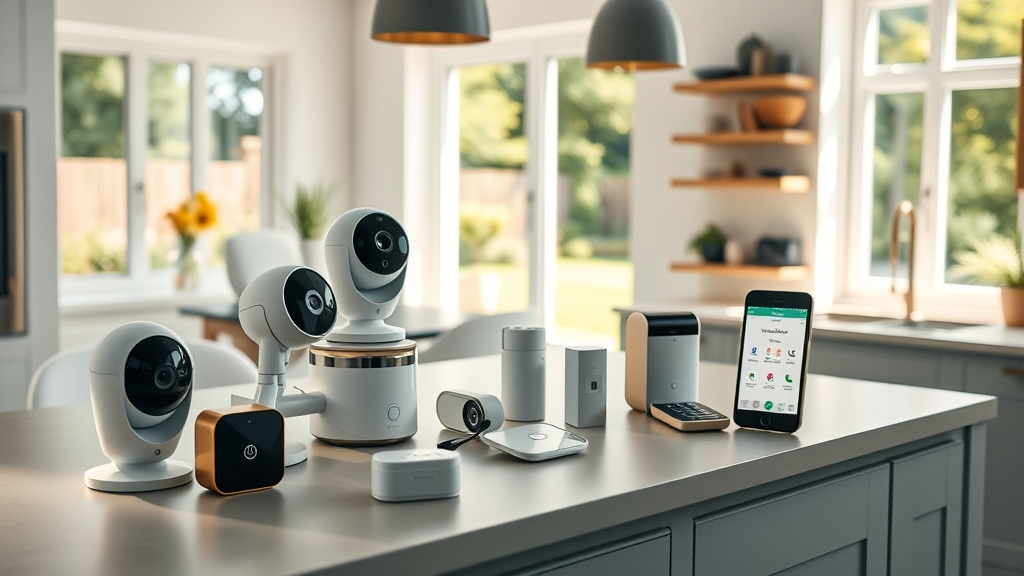
Connected Ecosystems: Controlling Home Security with a Mobile App
The power of a unified mobile app is transformative. It allows homeowners to monitor live video, lock doors remotely, and receive customized notifications—all from a smartphone. The rise of connected ecosystems means all smart devices communicate fluidly. If your home security system detects unusual activity, lights can automatically turn on, or a recording can be sent straight to your phone. These functionalities give users total control over their safety and foster a sense of genuine peace of mind.
Control is further strengthened by mobile apps’ ability to automate routines, such as scheduling when to arm systems or allow temporary access to guests. These smart home security features not only make day-to-day life more convenient but set new standards for home security measures across the industry.
Security Cameras, Video Analytics, and the New Era of Surveillance Technology
Few security trends have impacted the industry as profoundly as advancements in security cameras and video analytics. The transition from grainy recordings to razor-sharp, 4K surveillance footage now offers unparalleled clarity—and with it, greater evidence and deterrence. The addition of intelligent video analytics has empowered cameras to tell the difference between a stray animal and a true intruder, send tailored alerts, and even integrate with law enforcement systems in real time.

The Latest Trends in Home Security Cameras
“State-of-the-art video analytics allow for real-time threat detection and smarter incident response.”
The latest security camera technology is driven by AI-powered video analytics , high-definition sensors, and advanced motion detection. Not only do these improvements guarantee clearer visual verification, but they also enable smarter incident reporting. Cameras can now identify package deliveries, recognize familiar faces, and send specialized alerts for environmental hazards such as smoke or carbon monoxide. Enhanced night vision, wide-angle tracking, and even weatherproof designs are now expected by today’s security-conscious homeowners.
Many cutting-edge systems now offer cloud storage and automatic software updates, so your investment remains both effective and future-proof. With continuous innovation in data management and privacy controls, homeowners have greater flexibility in accessing footage from anywhere and customizing their preferences.
Comparing AI-Enhanced Security Camera Solutions
Choosing the right solution requires comparing key features. The table below illustrates how today’s leading security cameras stack up in terms of technology, intelligence, and user convenience.
| Brand/Model | Resolution | Video Analytics | Cloud Storage | AI Capabilities |
|---|---|---|---|---|
| Arlo Ultra 2 | 4K UHD | Advanced motion, person, vehicle | Up to 30 days recording | Facial recognition, package detection |
| Google Nest Cam IQ | 1080p HD | Person alerts, activity zones | Flexible subscription | Familiar face detection |
| Ring Spotlight Cam Pro | 1080p HD | Advanced motion detection | Cloud and local options | AI-powered threat alerts |
| Eufy SoloCam S40 | 2K Full HD | Pet/human/vehicle recognition | Local and cloud backup | Custom AI activity zones |
Smart Locks, Video Doorbells, and Intelligent Access Control in Home Security Technology Trends
The rise of smart locks and video doorbells have changed how we approach access control and visitor management. These innovations go beyond mere convenience, offering robust security and peace of mind.
- Benefits of smart locks: Remotely lock doors, grant digital keys, and track entry logs for family, guests, or service providers—all through your phone.
- Trends in video doorbells: Receive real-time alerts, high-definition video streams, and even facial recognition features.
- Seamless guest access and emergency alerts: Smart locks and doorbells communicate with your home security system for rapid, secure responses to emergencies or deliveries.
- Integration with existing technology: Smart locks and doorbells now smoothly connect with other devices, enabling comprehensive layering of security measures.
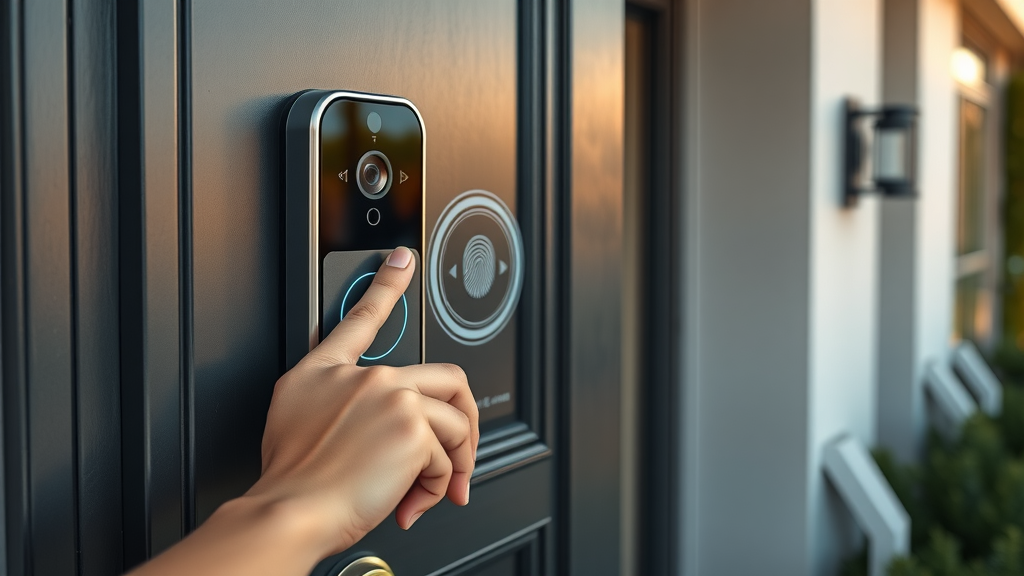
Artificial Intelligence and Machine Learning: The Brains of Modern Home Security Tech
Artificial intelligence and machine learning are rapidly redefining the security industry. By automating threat detection and incident prevention, these systems free us from constant manual monitoring and raise home protection to unprecedented heights.
Predictive Analytics for Crime Prevention
AI-driven predictive analytics can analyze local crime data, behavior patterns, and real-time sensor input to identify vulnerabilities. Security technology can then recommend actionable measures—like locking a door or activating specific cameras—before an incident occurs. The proactive approach promises to reduce false alarms and allows for quick adjustments to security protocols based on evolving threats.

How AI Improves Security System Response Times
Through machine learning, home security systems now immediately recognize suspicious movements, distinguish between pets and intruders, and escalate threats for instant response. AI-based automation bridges the gap between detection and response, notifying homeowners, security companies, or local authorities in seconds. This efficiency ensures that every second counts in safeguarding your property and loved ones.
Over time, these AI systems learn users’ preferences, patterns, and routines—reducing nuisance alerts, increasing accuracy in threat identification, and providing more meaningful notifications for true emergencies.
Machine Learning and Behavioral Pattern Recognition
The latest security tech leverages behavioral pattern recognition not just to detect intrusions, but also to prevent them. By studying household routines, weather changes, and neighborhood activity, these systems adjust surveillance intensity and reporting frequency. Machine learning also allows for enhanced user customization, guaranteeing that security solutions adapt alongside changes in your lifestyle.
This level of personalization signifies a broader security trend: moving from generic, one-size-fits-all protection to highly specific, proactive defense strategies that are smarter, faster, and more intuitive than ever before.
Mobile Apps: At the Core of Home Security Technology Trends
- Real-time alerts and remote monitoring: Receive instant notifications when sensors detect motion or doors are unlocked.
- Device management from anywhere: Control your entire system, from cameras to locks, using a single app for a seamless experience.
- Customizable automation features: Set routines and preferences to match your daily life, from arming systems at night to granting temporary access.
- Privacy considerations and app security: Enhanced encryption, multi-factor authentication, and transparency in data sharing.
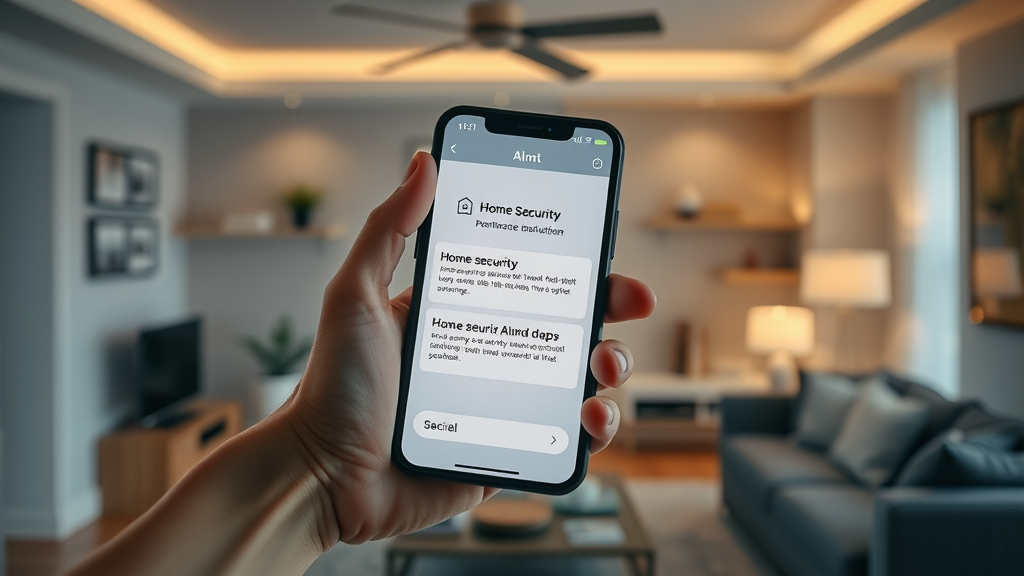
A robust mobile app sits at the heart of any advanced home security solution. With features designed for modern lifestyles, these apps empower users to check live video, lock doors, and customize alerts—no matter where they are. Continuous improvements in user interfaces, compatibility settings, and security protocols ensure that users can benefit from mobile app innovations without sacrificing privacy or ease of use.
Cybersecurity and Privacy in Home Security Technology
With the increase in connected smart home devices, cybersecurity has become a vital part of any security trend or technology. Protecting your home now means securing both physical entry points and digital ones. Hackers often target poorly configured devices or outdated systems, making it essential for homeowners to stay up to date with the latest software updates, encryption protocols, and best practices for data protection.
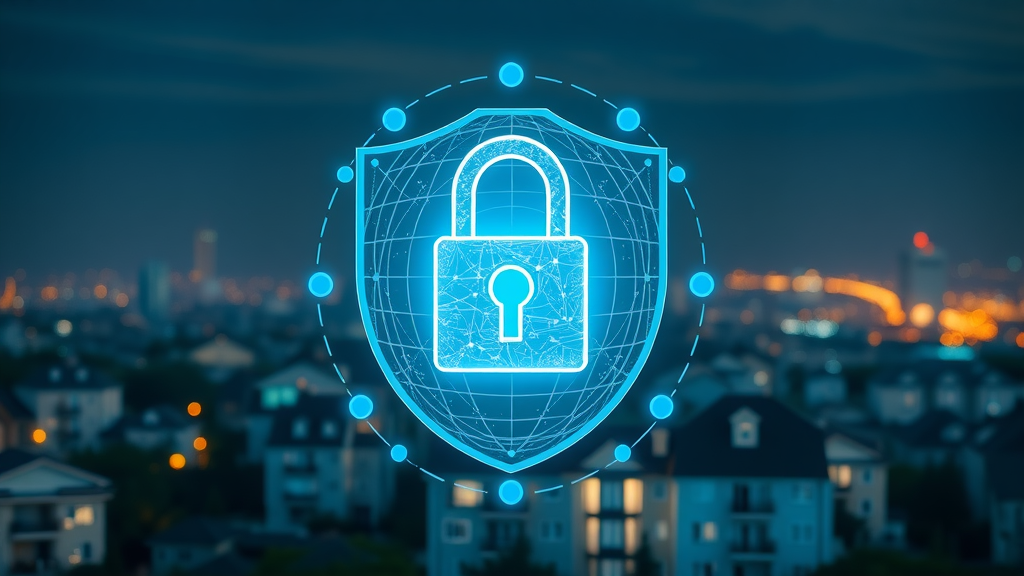
Addressing the Security Challenges in Smart Home Devices
Smart home devices such as cameras, locks, and sensors are increasingly interconnected, opening up new vectors for cyber threats. Manufacturers and users must partner in ensuring devices are isolated from public internet access, use strong passwords, and receive frequent firmware updates. Emphasizing secure design in both hardware and software is now a standard industry practice—essential for building trust and delivering robust home security solutions.
As more devices come online, regular vulnerability assessments and integration of fail-safes (like manual override for smart locks during network outages) offer extra layers of defense. The security industry is rapidly catching up to balance convenience with cybersecurity, promoting safe adoption for millions of new households.
Ensuring Secure Data Transmission for Home Security Systems
Home security systems must rely on encrypted data transmission between devices, mobile apps, and cloud servers. This prevents eavesdropping and unauthorized access to sensitive feeds or personal information. Industry leaders are advocating end-to-end encryption, secure authentication methods, and transparent privacy policies to reassure consumers and enhance long-term adoption.
By taking proactive steps—like enabling multi-factor authentication and reviewing cloud storage access—homeowners can enjoy the full benefits of advanced home security technology trends while minimizing risks to their privacy and digital well-being.
People Also Ask: Key Questions About Home Security Technology Trends
What is the future of home security?
“The future of home security lies in unified platforms, predictive AI, and seamless device integration—empowering homeowners with unprecedented control and peace of mind.”
The future of home security involves integrated ecosystems powered by AI, machine learning, and real-time data sharing. Predictive analytics will allow security systems to prevent incidents before they happen, while seamless device integration will ensure control from anywhere using intuitive apps and smart devices. Further advances in automation, voice control, and biometric authentication promise to make security smarter and more user-focused than ever.
What are the emerging technologies for security?
- Edge computing: Decentralizes data processing, improving speed and reducing vulnerabilities.
- Blockchain for secure device authentication: Enhances trust and transparency across connected hardware.
- Facial and biometric recognition: Offers heightened security with minimal user effort.
- Environmental sensors (smoke, CO2, flood): Provides comprehensive monitoring for threats beyond intrusion.
These technologies are rapidly reshaping security solution offerings, improving how devices communicate, authenticate, and detect diverse threats, from unauthorized access to environmental hazards.
What are the latest trends in home security cameras?
- Ultra-high-definition 4K security cameras: Crystal-clear imaging for both day and night.
- Color night vision: Enhanced identification in darkness.
- AI-powered threat detection: More accurate and faster responses to real risks.
- Environmental monitoring integration: Cameras now support temperature, smoke, and CO₂ sensors for holistic coverage.
Today’s top cameras combine resolution, intelligence, and interoperability, ensuring homeowners receive only the most accurate and actionable alerts.
What is the latest technology of surveillance?
- Cloud-managed networks: Provides scalable management and instant updates for camera fleets.
- Battery-powered wireless devices: Increases flexibility, reduces installation costs, and continues operating during power outages.
- Data-driven video analytics: Insights into traffic or behavior trends to optimize both security and lifestyle conveniences.
- Privacy-shield functions: Temporarily disables cameras during specific routines for privacy assurance.
These innovations mark a significant shift in how homeowners and professionals deploy, manage, and benefit from surveillance technology—creating safer and more adaptable living environments.
The Security Industry and Market Analysis: Growth of Home Security Technology Trends
The ongoing expansion of home security technology trends is fueled by both consumer demand and technological progress. Companies in the security industry continue to compete fiercely on features, integration options, and user experience, accelerating overall market growth.
| Year | Market Size (Billion USD) | Annual Growth Rate (%) | Key Drivers |
|---|---|---|---|
| 2020 | $45.5 | 8.9% | Mobile apps, smart device adoption |
| 2022 | $56.8 | 10.1% | AI integration, DIY installation services |
| 2024 | $68.2 | 12.2% | Cloud storage, connected ecosystems |
| 2026 (projected) | $78.7 | 13.6% | Predictive analytics, platform unification |
Security Industry Insights: Investment and Adoption of Security Tech
The industry’s trajectory reveals surging interest from investors, manufacturers, and end-users. Innovative startups are attracting significant venture capital, while established brands continually update their product lines with new security devices and AI-driven features. Consumer expectations are higher than ever, prompting security industry leaders to innovate faster and focus on seamless user experiences, robust data protection, and reliable support services.
Strategic partnerships between security tech manufacturers and smart home brands have accelerated the pace of change, resulting in broader device compatibility and new subscription-based offerings. This is creating a competitive landscape that rewards continuous improvement—ultimately benefiting consumers with more sophisticated, cost-effective, and accessible home security solutions.
Consumer Adoption: The Impact on Home Security
Every year brings millions of new users into the smart home security fold. Consumer adoption has had a profound impact on home security technology trends , shifting the focus toward intuitive, plug-and-play solutions that prioritize usability and rapid deployment. As word-of-mouth and online reviews grow increasingly influential, brands pay close attention to feedback—leading to devices that are easier to install, manage, and connect than ever before.
Education campaigns, demonstration videos, and user-friendly mobile apps have demystified security technology for homeowners. This approach fosters long-term engagement and positions smart home devices as everyday essentials rather than add-ons, continually increasing adoption rates and shaping the future of the market.
Selecting the Right Home Security System: What to Prioritize in Security Tech
- Key features to look for: AI detection, smart device compatibility, mobile app integration, and cloud storage options.
- Balancing technology with user experience: Choose systems that are easy to use, require minimal maintenance, and deliver fast, meaningful alerts.
- Scalability and compatibility: Ensure your system can expand with your needs and fit seamlessly with existing smart home devices.
- Future-proofing: Opt for brands with solid support, regular updates, and adaptable ecosystems to protect your investment over time.
Making the right choice means understanding both your security needs and the fast-changing landscape of available technologies. By prioritizing these factors, you can confidently select a system that withstands both physical and digital threats—keeping your loved ones secure no matter what tomorrow brings.
FAQs: Answers to Your Home Security Technology Trends Questions
- What security trend will dominate home security in the next five years?
AI-driven, unified platforms will lead the way—combining real-time data, predictive analytics, and seamless integrations for unprecedented protection and control.
- Are smart home security systems more secure than traditional ones?
Yes, smart home security systems offer layered defense and automation, reducing human error and responding faster to incidents than traditional systems often can.
- How do I protect my security system from hackers?
Use strong, unique passwords, enable two-factor authentication, keep firmware up to date, and select systems with encrypted data transmission and frequent security audits.
- Is AI-driven security worth the investment for home protection?
Absolutely. AI-driven security systems significantly improve threat detection, response times, and adaptability—raising the standard for smart home safety and peace of mind.
Top Takeaways on Home Security Technology Trends for Homeowners and Industry Professionals
- Rapid advancement in security tech is reshaping the home security landscape.
- AI, smart home integration, and user-friendly mobile apps are setting new industry standards.
- Staying current with security trends ensures maximum protection for your property.
- Evaluate new home security technologies carefully for privacy and compatibility.
How to Stay Ahead: Embracing Home Security Technology Trends in Your Smart Home
“Embrace innovation and make your home security system a cornerstone of your smart lifestyle.”
Regularly assess new product releases, update your systems, and take advantage of educational resources from reputable security industry sources. Subscribe to technology updates, conduct periodic security audits, and test automation routines to ensure your system remains flexible, efficient, and resilient against evolving threats.
Your Next Steps: Implement Home Security Technology Trends for Peace of Mind
Take action now—upgrade your home security system with the latest trends, integrate with smart devices, and prioritize privacy to ensure your property and loved ones remain protected, comfortable, and empowered.
To enhance your understanding of the latest advancements in home security technology, consider exploring the following authoritative resources:
-
“Top 11 Home Security Trends in 2025” : This article provides an in-depth look at emerging trends such as AI surveillance, video analytics, and remote access, offering insights into how these innovations are shaping the future of home security. ( reolink.com )
-
“2025 Home Security Trends” : This piece discusses the integration of voice control and advanced biometrics in home security systems, highlighting how these technologies enhance user convenience and system effectiveness. ( guardianprotection.com )
By delving into these resources, you’ll gain a comprehensive understanding of the cutting-edge developments in home security technology and how they can be applied to safeguard your home.
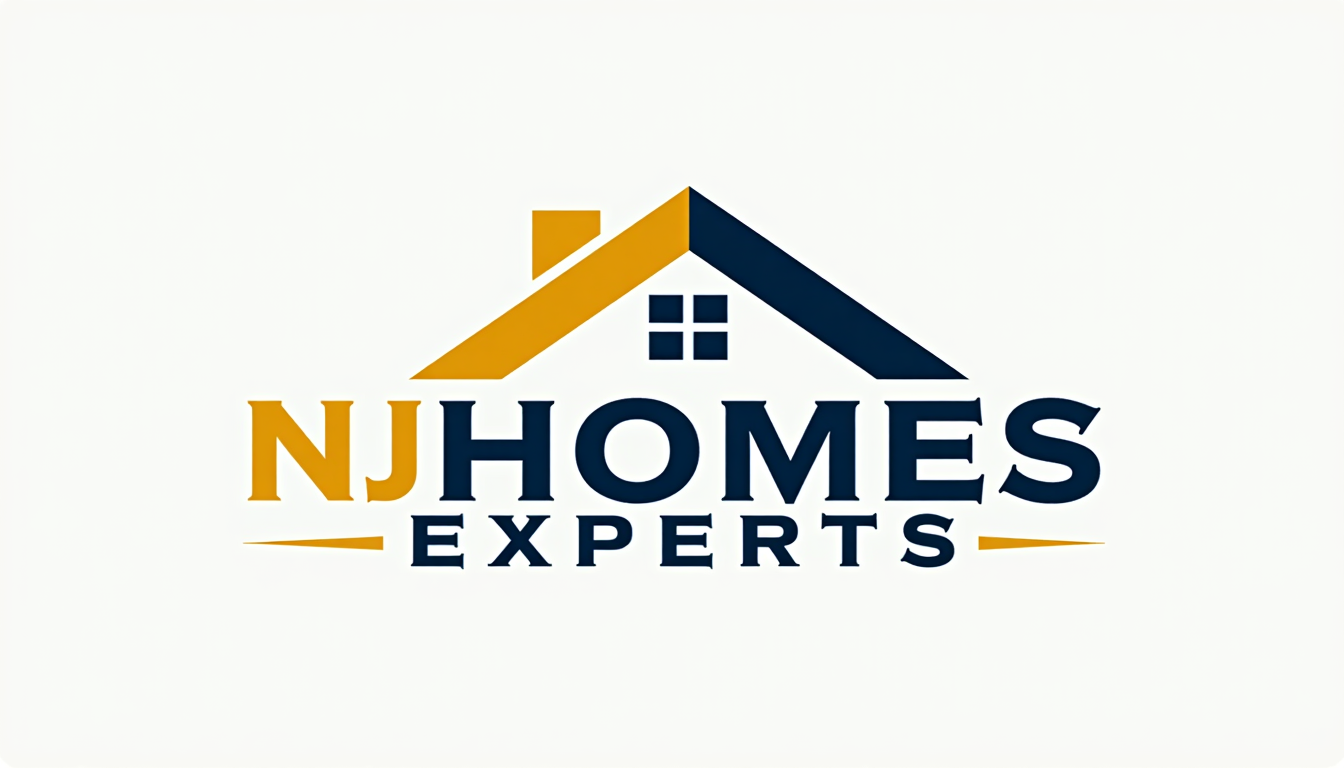


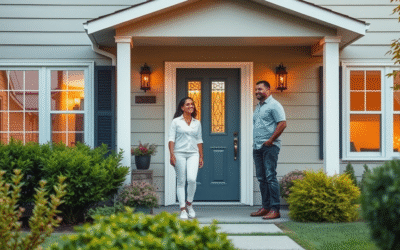



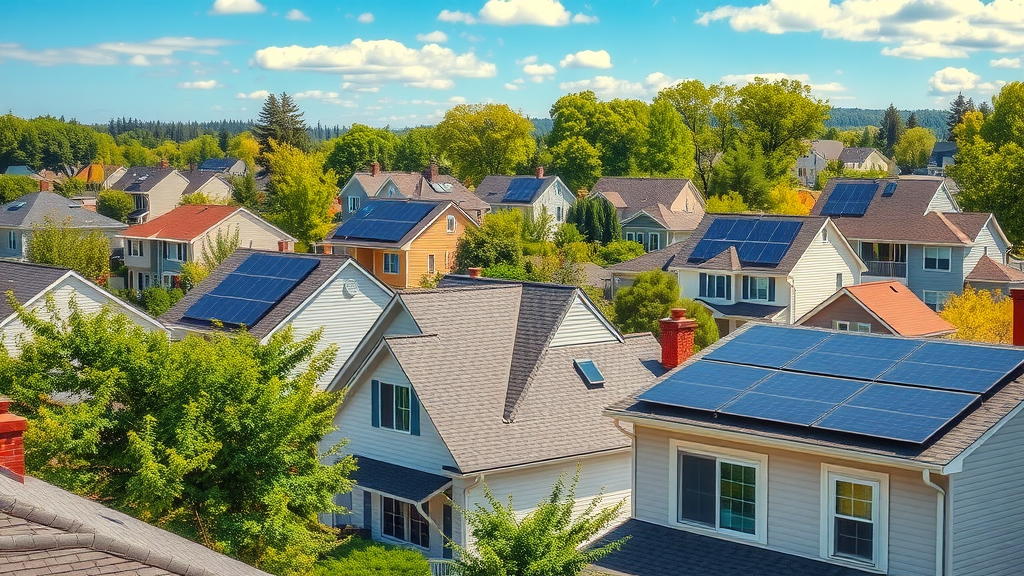
0 Comments